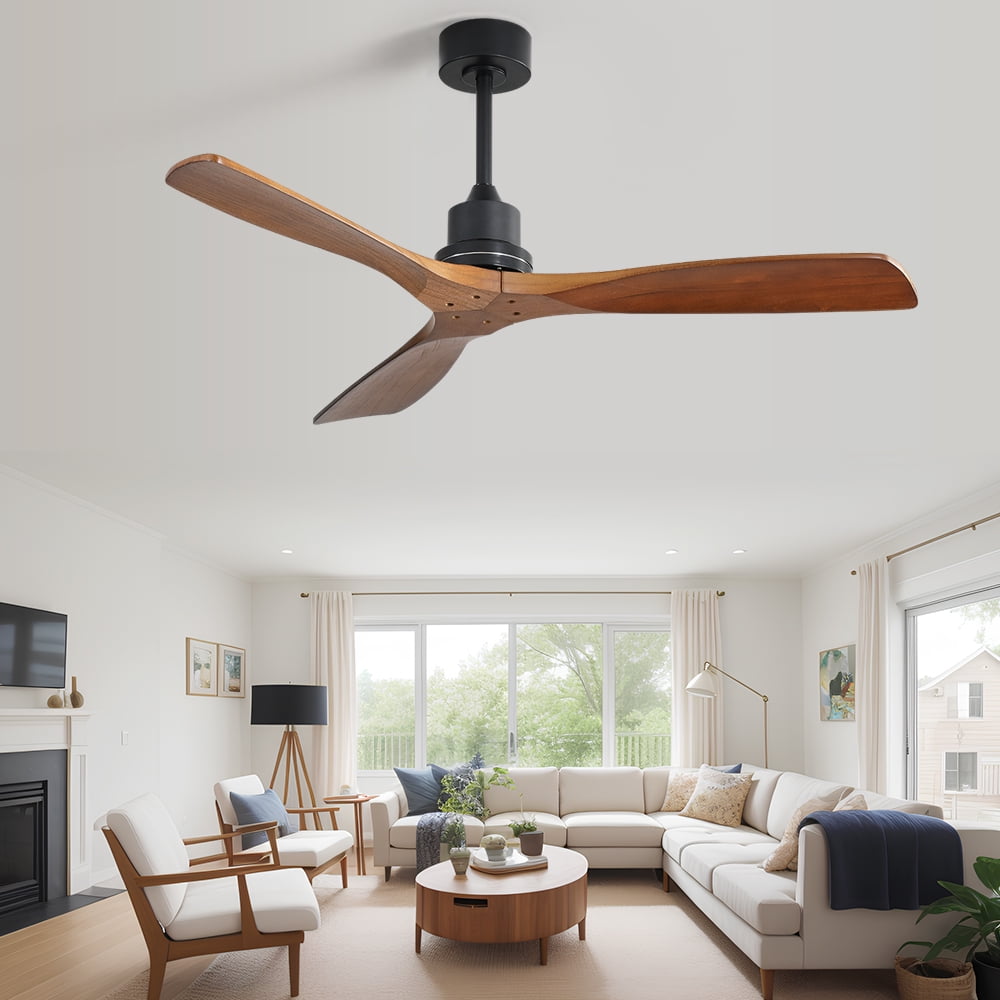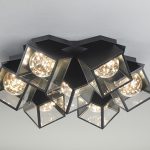Introduction: Understanding Common Ceiling Fan Issues
Ceiling fans are essential fixtures in many homes, providing both comfort and functionality. However, encountering issues with a ceiling fan not working while the light remains functional can be frustrating. In this troubleshooting guide, we’ll explore common reasons why your ceiling fan may not be working while the light is operational, along with practical solutions to address these issues effectively.
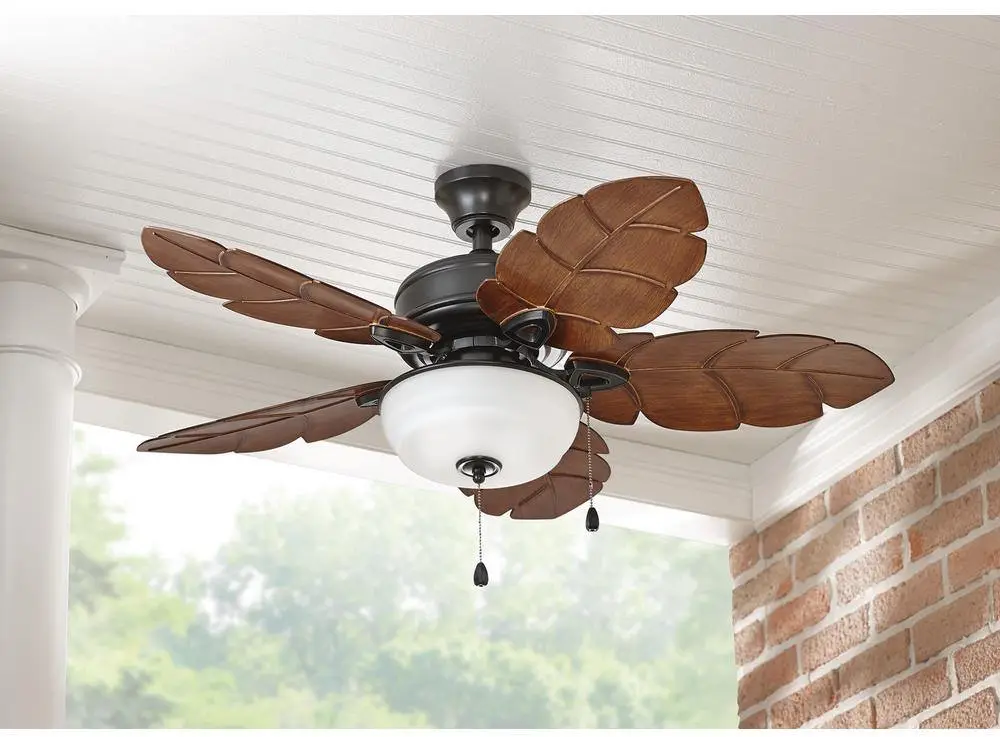
1. Power Supply Problems: Check Electrical Connections
One of the most common reasons why a ceiling fan may not be working is due to power supply issues. Begin troubleshooting by checking the electrical connections to ensure the fan is receiving power. Start by verifying that the fan is properly plugged in or that the circuit breaker associated with the fan has not tripped. If the fan is hardwired, inspect the wiring connections in the ceiling junction box to ensure they are secure and free of damage. Additionally, use a voltage tester to confirm that electrical power is reaching the fan motor. Address any loose connections or tripped breakers to restore power to the ceiling fan.
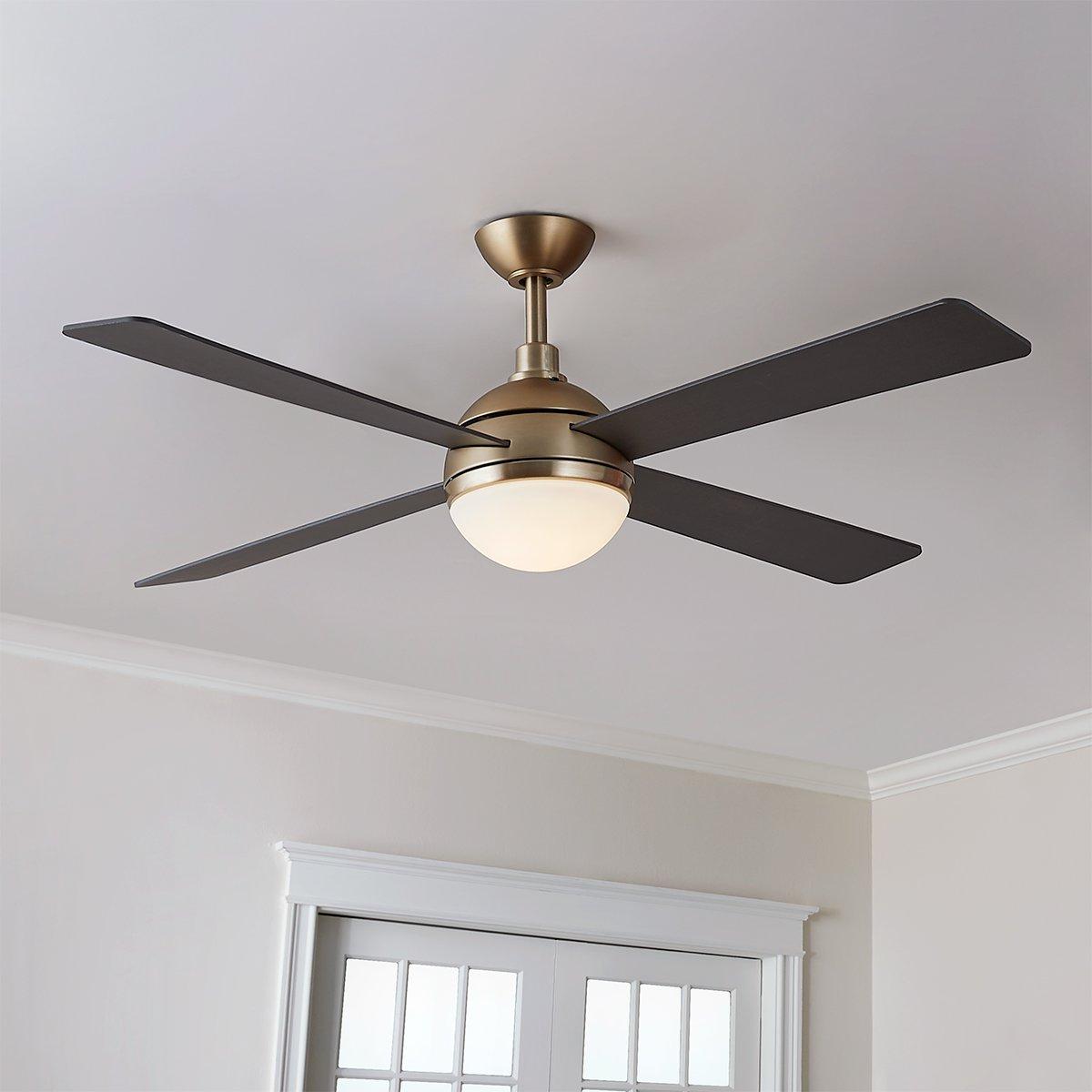
2. Faulty Fan Motor: Assess Motor Functionality
If the power supply is not the issue, the next step is to assess the functionality of the fan motor. A faulty motor can prevent the ceiling fan from operating properly while allowing the light to function independently. Begin by turning off the power to the fan at the circuit breaker for safety. Next, use a multimeter to test the continuity of the motor windings and confirm whether the motor is receiving power. If the motor fails the continuity test or shows signs of damage such as burnt wires or overheating, it may need to be replaced. Consult the fan’s manufacturer or a qualified electrician for assistance with motor replacement.
3. Defective Capacitor: Check Capacitor Function
Ceiling fans utilize capacitors to control fan speed and start-up torque. If the fan motor hums but fails to start or operates at inconsistent speeds, a defective capacitor may be the culprit. Begin by locating the capacitor within the fan housing, typically near the motor. Use a capacitor tester to assess the capacitance and functionality of the capacitor. If the capacitor registers a significantly lower capacitance value than specified or shows signs of physical damage such as bulging or leaking, it likely needs to be replaced. Replace the capacitor with a compatible replacement to restore proper functionality to the ceiling fan.
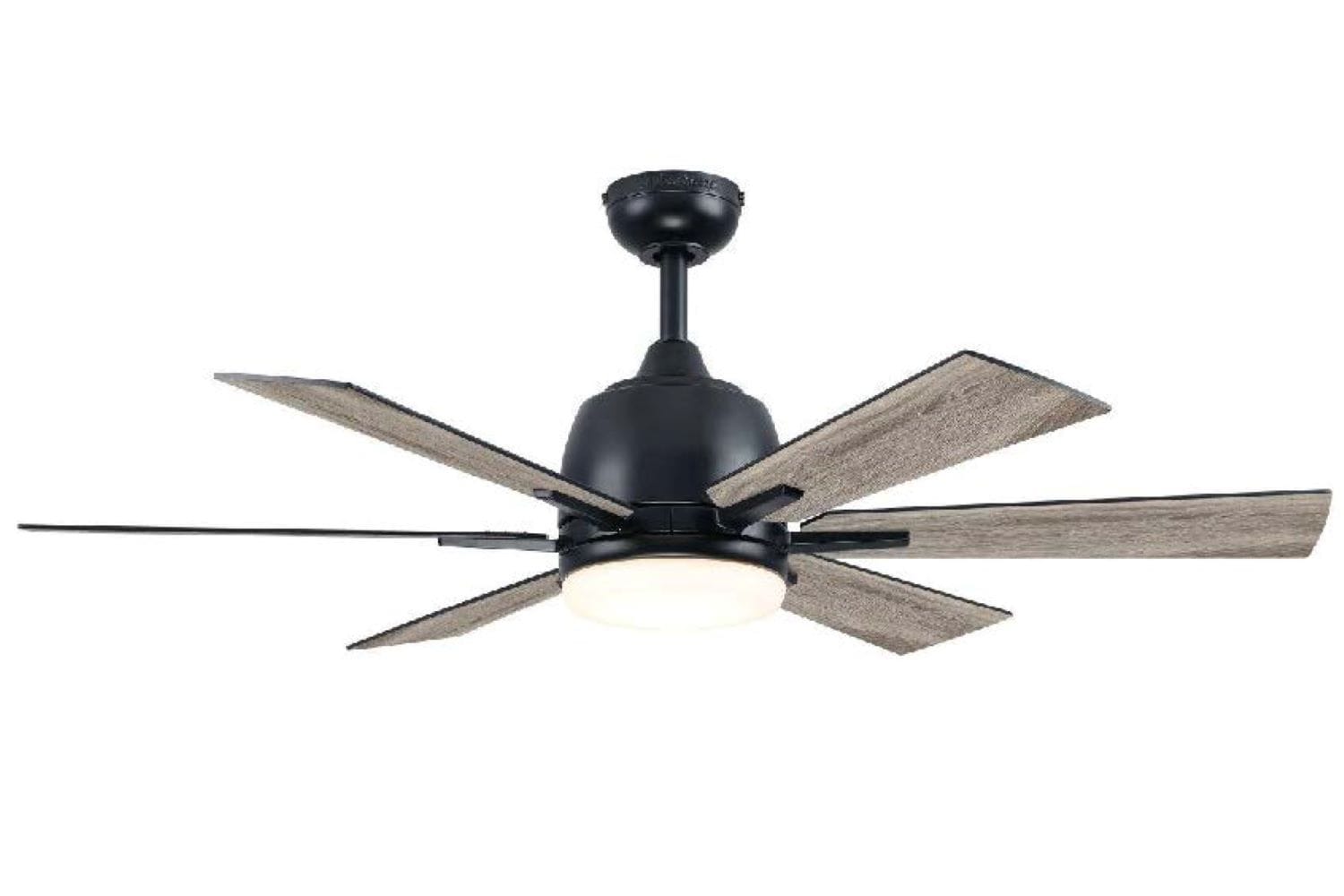
4. Broken Pull Chain Switch: Inspect Control Mechanism
The pull chain switch serves as the control mechanism for operating the ceiling fan and may become faulty over time due to wear and tear. If the fan’s pull chain switch breaks or malfunctions, it can prevent the fan from turning on while allowing the light to function independently. Begin troubleshooting by visually inspecting the pull chain switch for any signs of damage or disconnection. If the switch appears damaged or fails to engage properly, it may need to be replaced. Carefully remove the old switch and install a new pull chain switch compatible with your ceiling fan model.
5. Remote Control Issues: Check Remote Functionality
Many modern ceiling fans come equipped with remote controls for convenience and ease of operation. If your ceiling fan is not responding to remote commands, it may indicate a problem with the remote control or its connection to the fan receiver. Start by checking the batteries in the remote control to ensure they are functioning correctly. If the batteries are good, try reprogramming the remote control to the fan receiver according to the manufacturer’s instructions. If the remote control still does not operate the fan, consider replacing the remote control or troubleshooting the fan receiver for issues such as loose connections or signal interference.
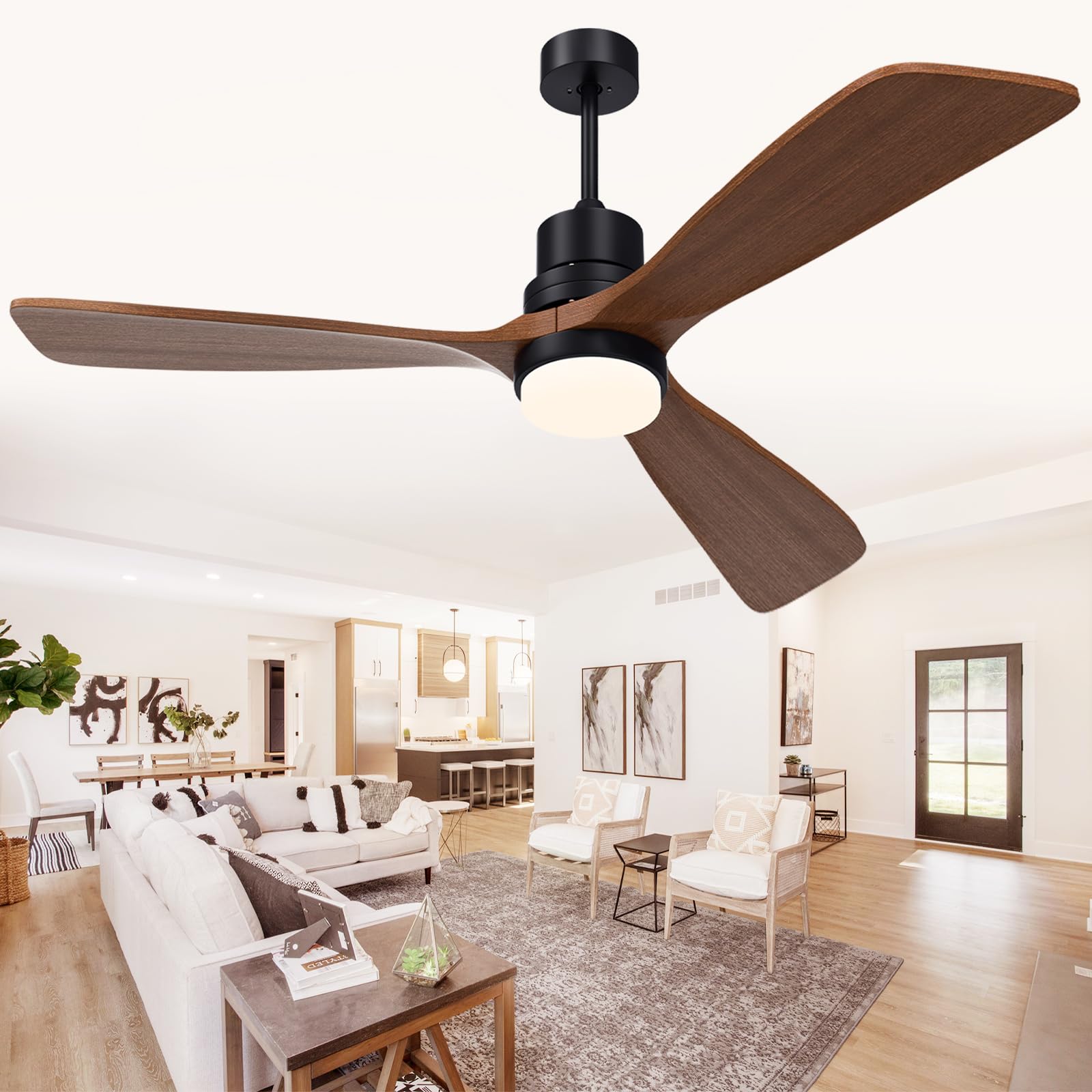
6. Blade Rotation Direction: Verify Settings
In some cases, the ceiling fan may appear not to be working because the blades are rotating in the opposite direction, creating a downdraft instead of an updraft. Check the settings on the fan motor housing or remote control to verify the rotation direction of the blades. If the blades are set to the correct direction for the desired airflow, but the fan is still not operating, proceed with additional troubleshooting steps to identify and address the underlying issue.
7. Overheating Protection: Prevent Motor Damage
Ceiling fans are equipped with built-in safety features such as thermal overload protection to prevent motor damage due to overheating. If the fan motor overheats or exceeds its operating temperature, it may shut off automatically while allowing the light to remain functional. Allow the fan motor to cool down for a sufficient period before attempting to restart the fan. Inspect the fan motor for signs of overheating such as a burning smell or excessive heat. If overheating issues persist, it may indicate a larger problem with the fan motor or electrical system that requires professional attention.
8. Inspect Wiring and Connections: Ensure Proper Installation
Another potential cause of a ceiling fan not working while the light is operational is faulty wiring or connections. Inspect the wiring connections between the fan, the ceiling junction box, and any associated switches or controls to ensure they are properly installed and secure. Look for signs of loose or damaged wiring, such as frayed insulation or exposed wires, and address any issues accordingly. Additionally, check for proper grounding of the ceiling fan to prevent electrical hazards and ensure safe operation. By ensuring that wiring and connections are installed correctly, homeowners can eliminate potential sources of malfunction and restore functionality to their ceiling fan. If unsure about wiring or installation procedures, it’s advisable to seek assistance from a licensed electrician to ensure compliance with safety standards and regulations.
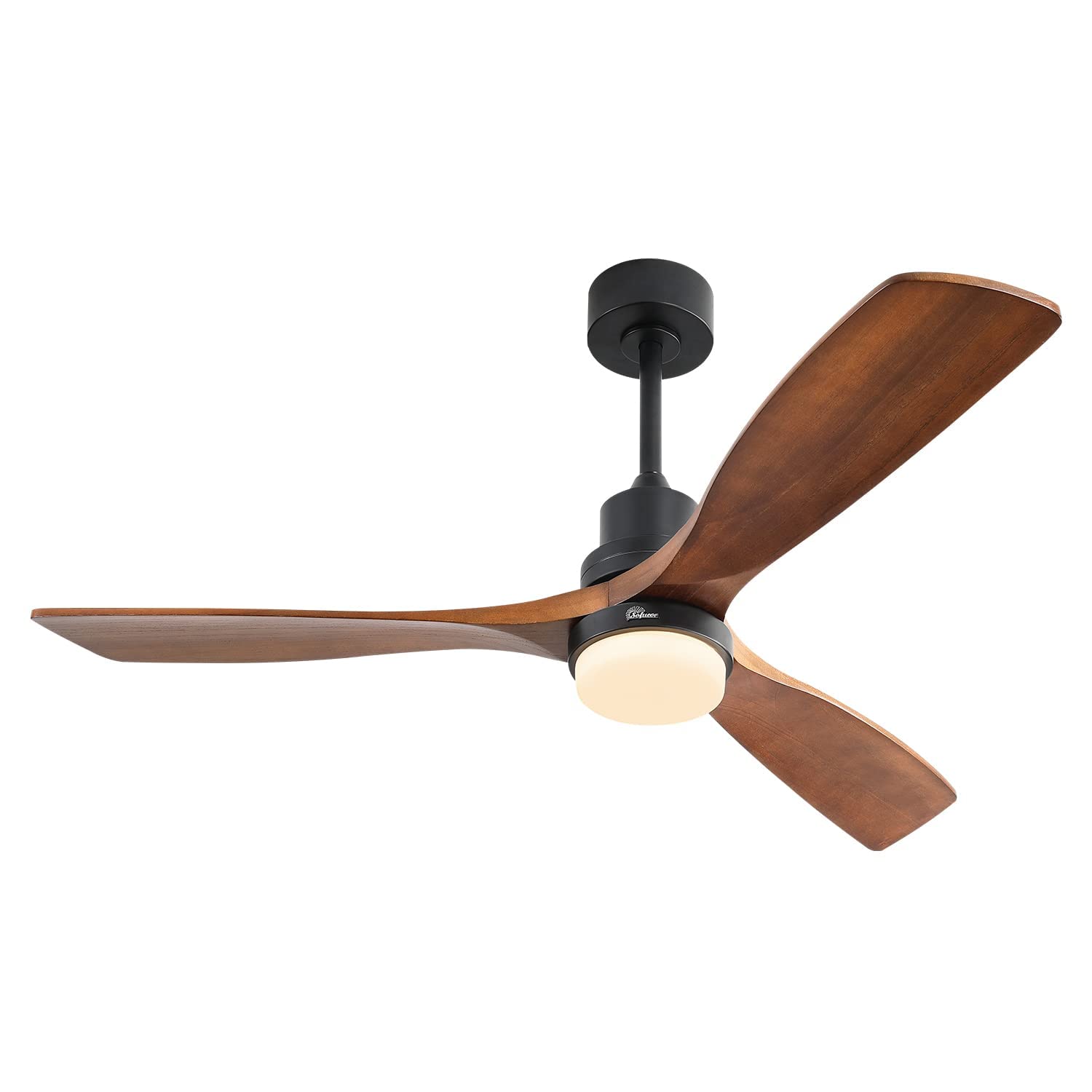
Conclusion: Resolving Ceiling Fan Issues
In conclusion, troubleshooting a ceiling fan that isn’t working while the light is functional requires systematic assessment and identification of potential issues. By checking power supply connections, assessing the fan motor, inspecting the capacitor, examining the pull chain switch, troubleshooting remote control functionality, verifying blade rotation direction, and addressing overheating concerns, homeowners can diagnose and resolve common ceiling fan issues effectively. If troubleshooting steps do not resolve the problem, it may be necessary to seek assistance from a qualified electrician or ceiling fan technician to ensure proper repair and restoration of the ceiling fan’s functionality.
